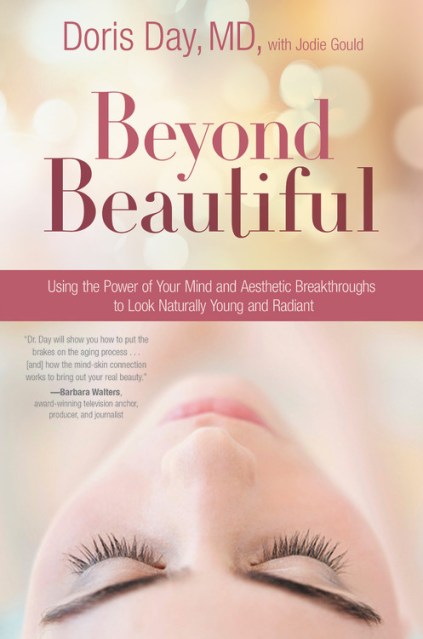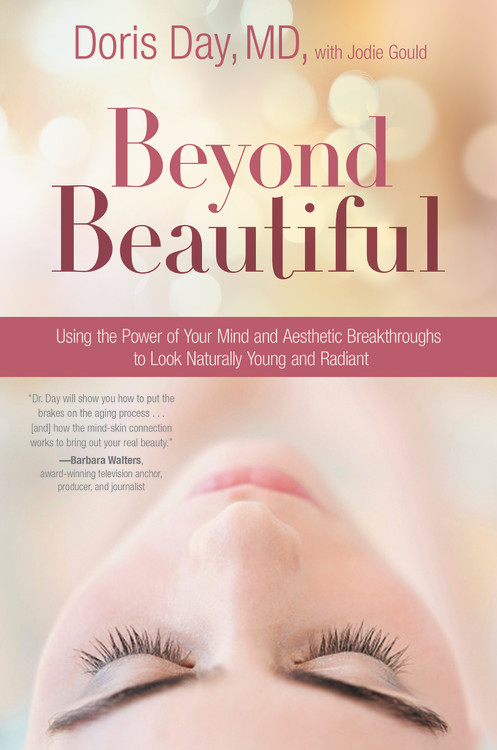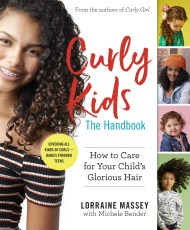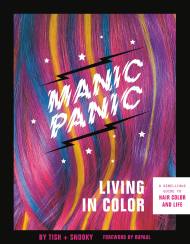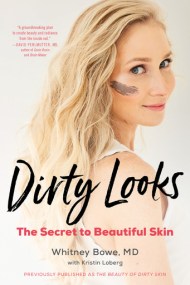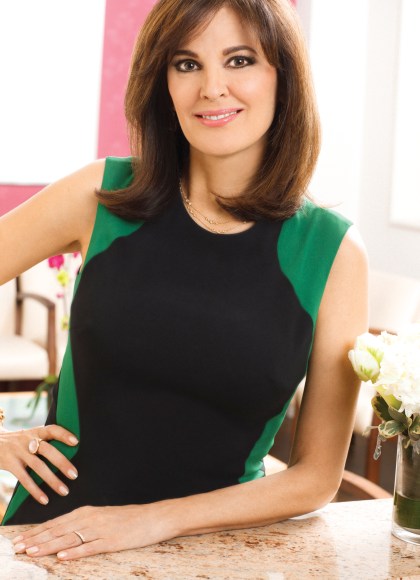Promotion
Use code MOM24 for 20% off site wide + free shipping over $45
Beyond Beautiful
Using the Power of Your Mind and Aesthetic Breakthroughs to Look Naturally Young and Radiant
Contributors
With Jodie Gould
Formats and Prices
Price
$28.00Price
$35.00 CADFormat
Format:
- Hardcover $28.00 $35.00 CAD
- ebook $13.99 $16.99 CAD
This item is a preorder. Your payment method will be charged immediately, and the product is expected to ship on or around January 2, 2018. This date is subject to change due to shipping delays beyond our control.
Also available from:
Did you know that your mind is as important as any aesthetic treatment to improve the way you look? Beyond Beautiful will teach you how to improve your self-perception, explain breakthrough treatments and products and when to use them, and give you a roadmap to become the most youthful, natural-looking, beautiful version of yourself!
Learn how to: boost self-confidence, fight aging, minimize crow’s feet, fix lip lines and thinning, tighten your chin and neck, improve the look of veiny hands, get healthy hair and reverse hair loss, treat acne and rashes, relieve stress, look better because of sex, use makeup at every age, improve your look with facial exercises, choose the right products in every decade, approach preventative skin care, choose the cosmetic treatments that are right for you, enjoy life like never before, and more!
“The Skin Whisperer.” — Dr. Oz, Professor of Surgery, Columbia University
“Dr. Day will show you how to put the brakes on the aging process.” — Barbara Walters, award-winning television anchor, producer, and journalist
Genre:
- On Sale
- Jan 2, 2018
- Page Count
- 264 pages
- Publisher
- Center Street
- ISBN-13
- 9781455542581
Newsletter Signup
By clicking ‘Sign Up,’ I acknowledge that I have read and agree to Hachette Book Group’s Privacy Policy and Terms of Use
